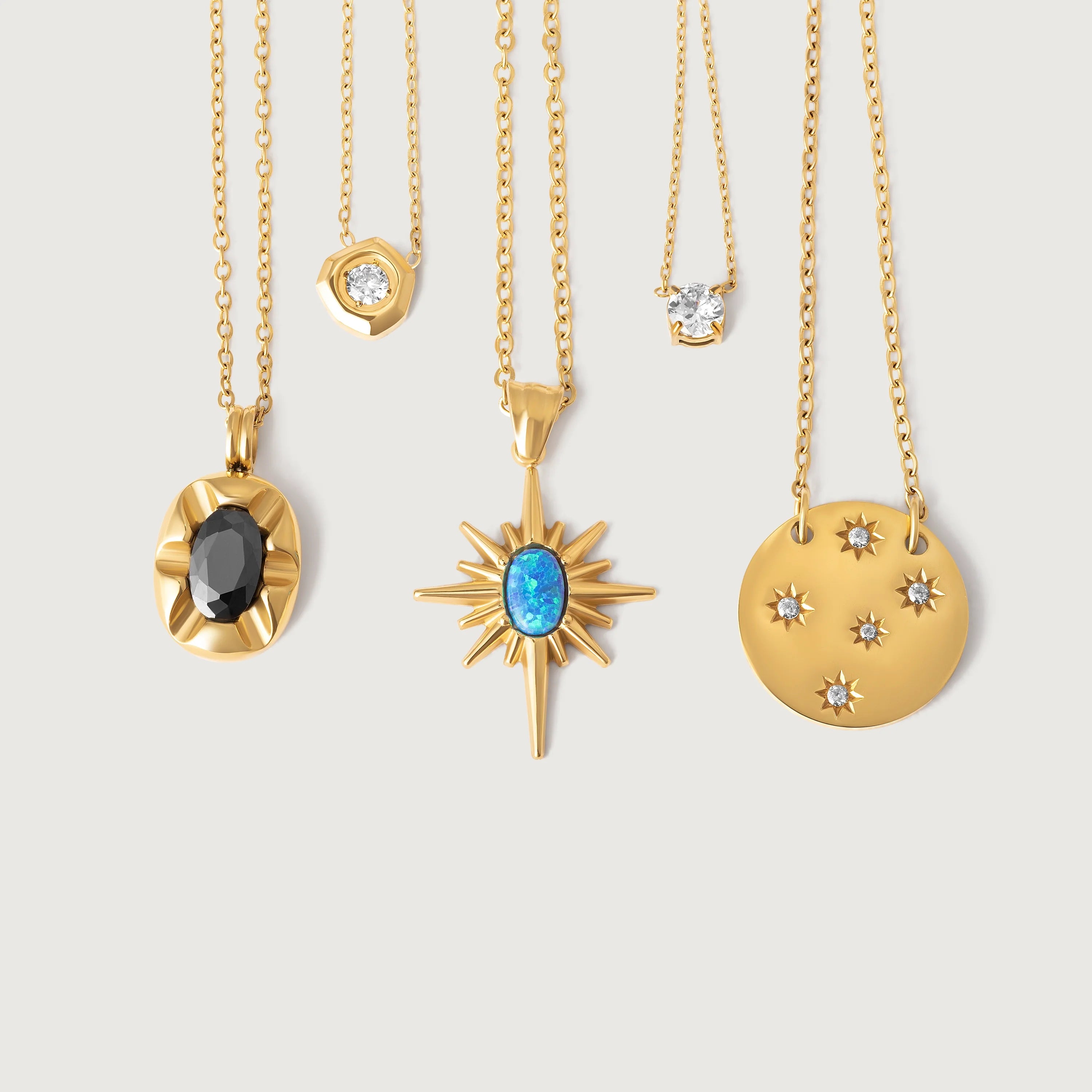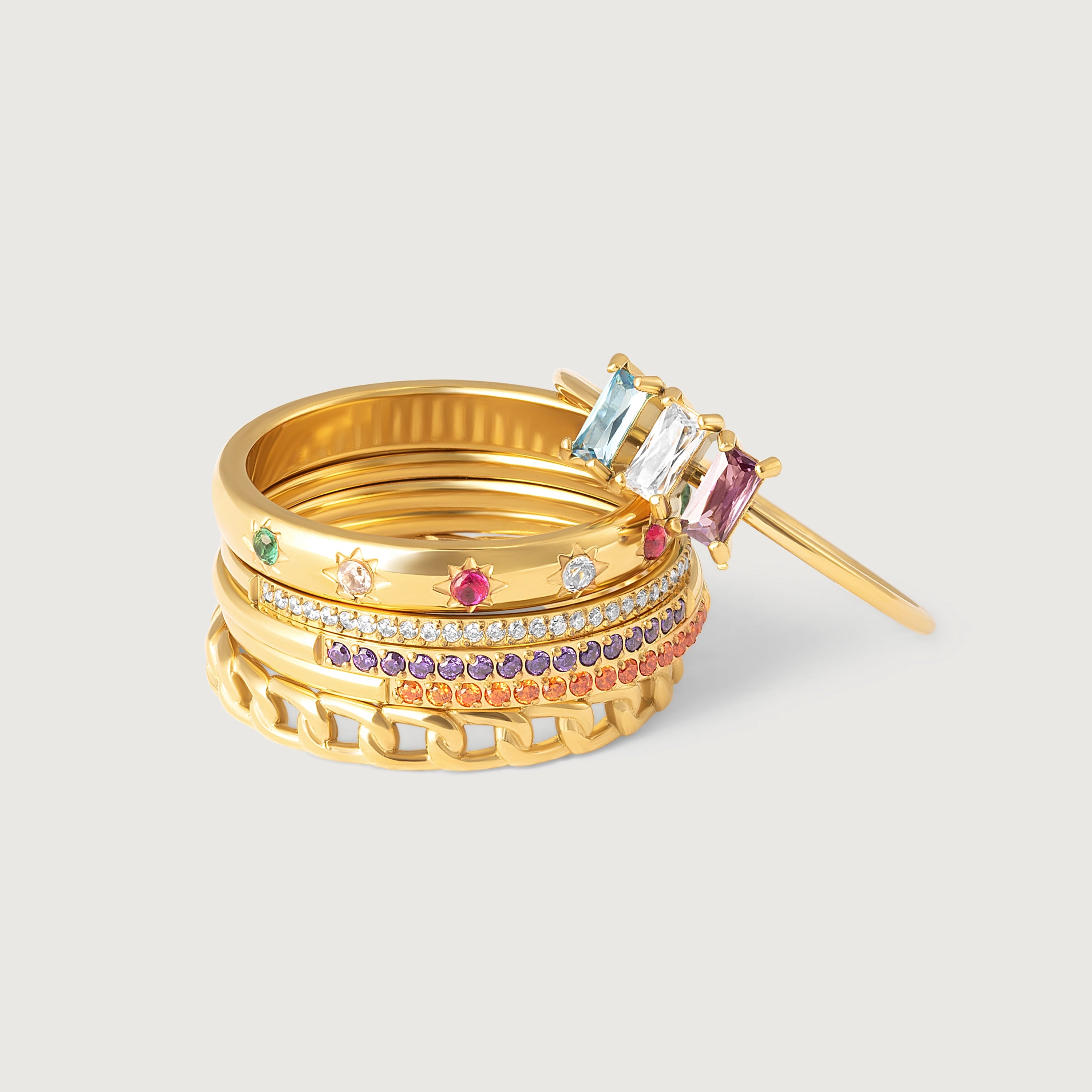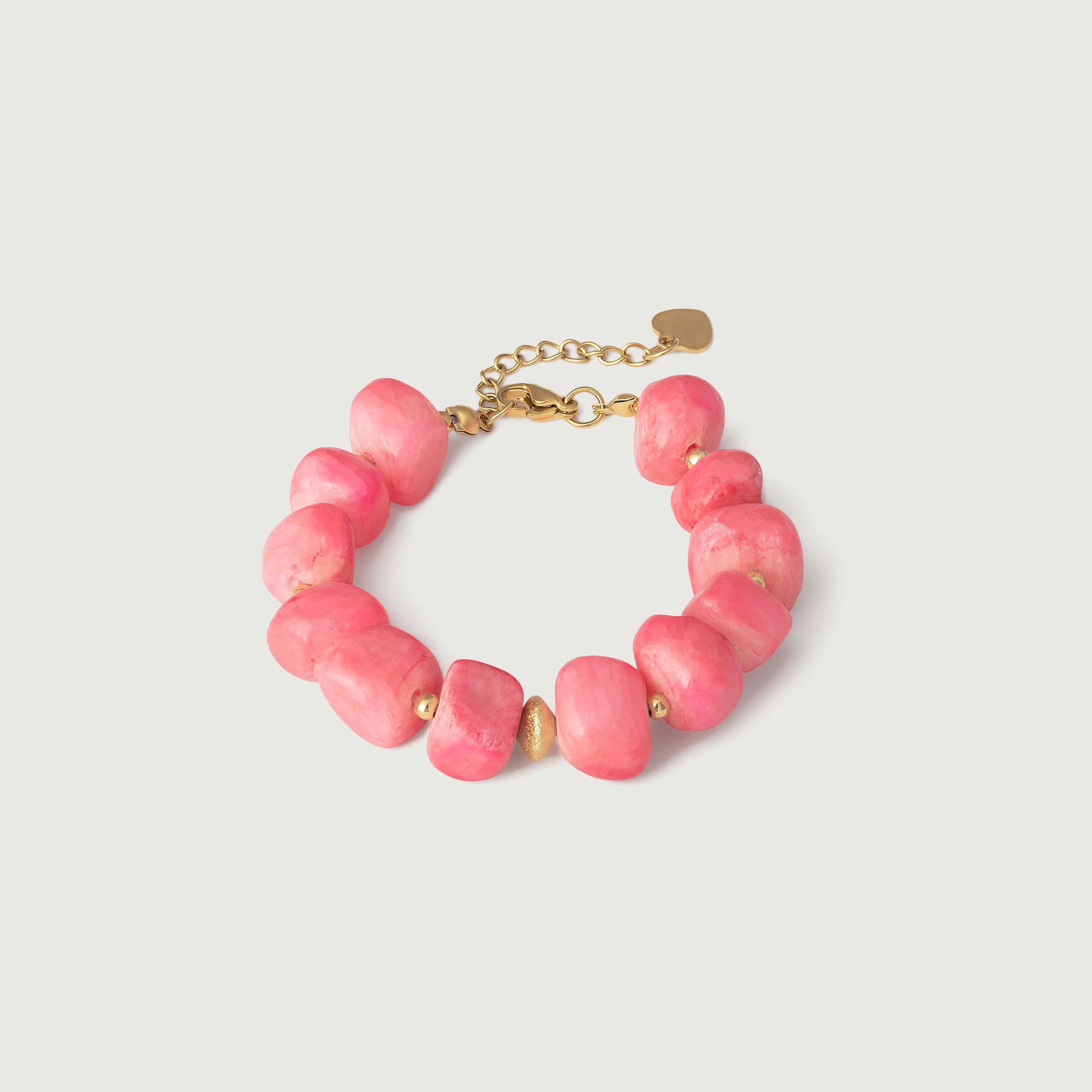The type of base metal used significantly impacts how durable the piece is, how it looks as the inevitable plating wear occurs, whether it's likely to cause a skin reaction, and even its overall quality feel. This guide dives into three of the most common base metals found under gold plating – Brass, Copper, and Stainless Steel – exploring their properties and helping you understand why knowing what's underneath matters.
Why the Base Metal Matters So Much
Before comparing the metals, let's establish why the base material is so important for gold plated jewellery and your overall experience:
- Durability & Plating Adhesion: Some metals provide a better surface for gold to bond to, potentially influencing how evenly and how long the plating lasts. The base metal's own resistance to dings and scratches also contributes to overall durability.
- Tarnish & Corrosion: Gold itself doesn't readily tarnish, but most base metals do! When the thin gold plating wears away, the exposed base metal's reaction to air, moisture, and skin oils determines if the piece becomes dark, green, or stays relatively stable.
- Hypoallergenic Properties: Most jewellery allergies aren't to the gold plating but to the base metal underneath, especially if it contains nickel or other irritants like copper.
- Weight & Feel: Different metals have different densities, affecting how substantial or lightweight the jewellery feels when worn.
- Cost: The choice of base metal is a major factor in the final cost of affordable fashion jewellery.
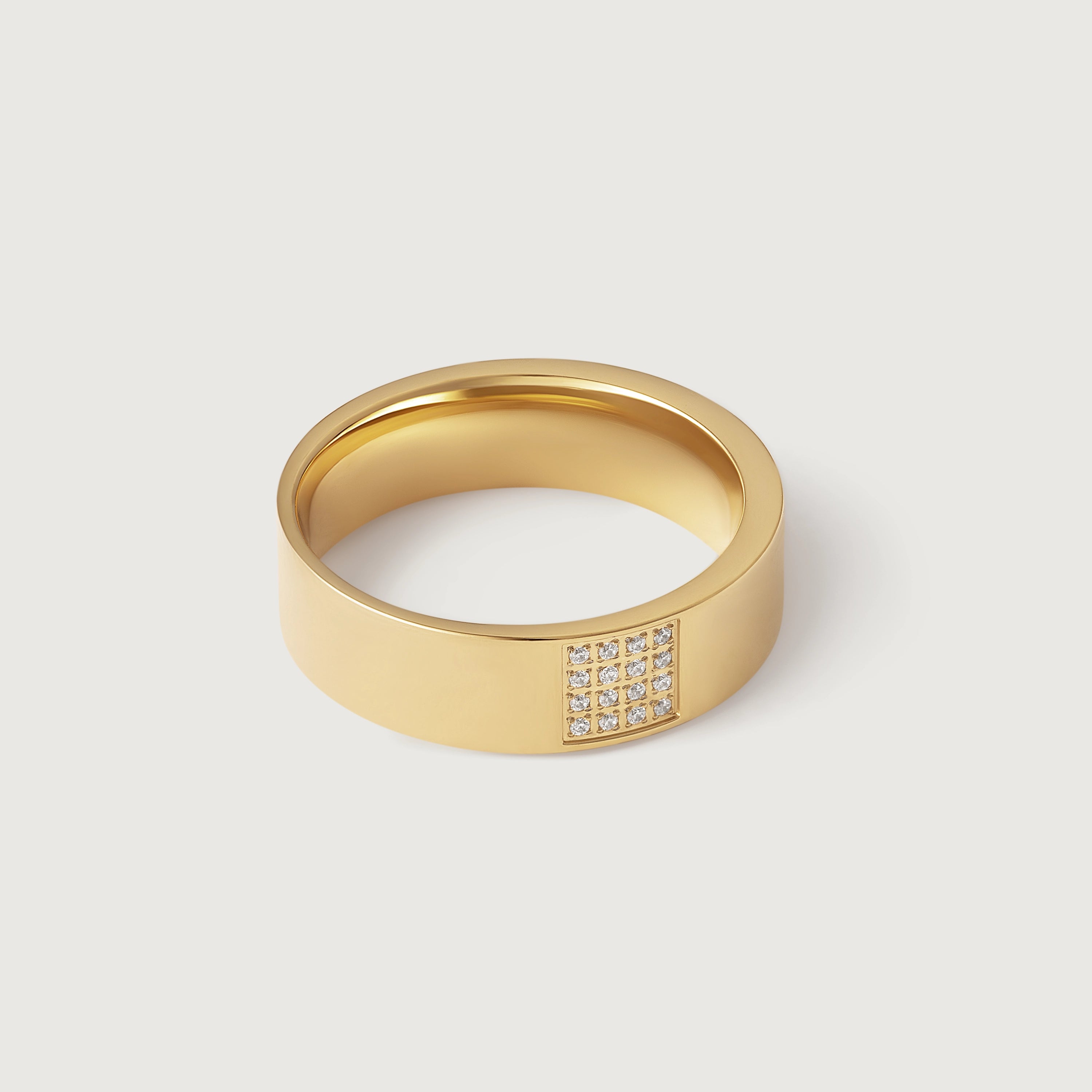
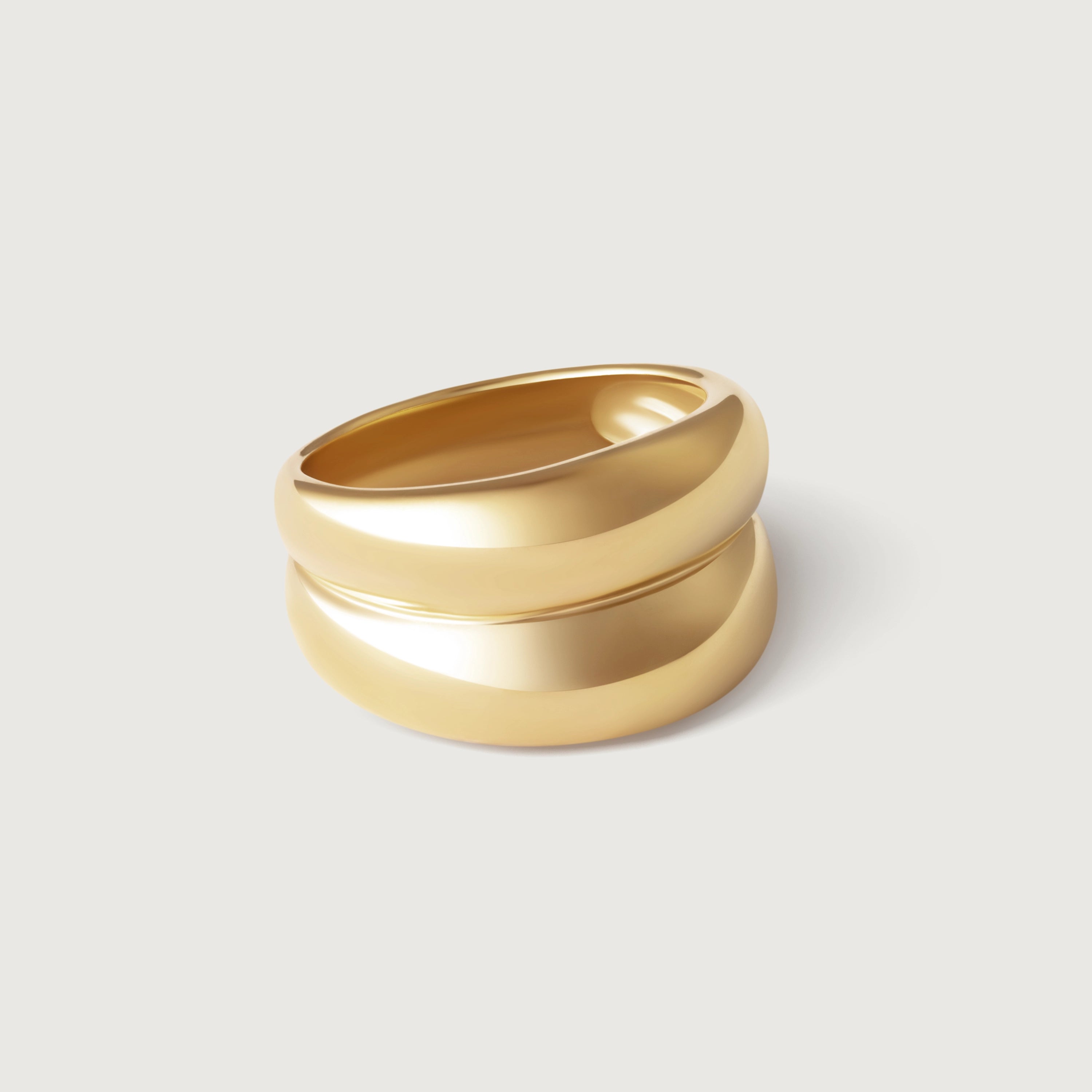
Spotlight on Brass: The Common Contender
What is Brass?
Brass isn't a pure metal but an alloy, primarily made from a mixture of Copper and Zinc. The proportions can vary, affecting its colour and properties slightly, but it remains one of the most common base metals in affordable jewelry.
Brass as a Base for Gold Plating
Pros
- Low cost makes it ideal for affordable fashion jewellery
- Easy to work with and provides good surface for electroplating
- Yellow undertone complements yellow gold plating well
- Suitable for complex designs and detailed work
Cons
- Will tarnish noticeably once gold plating wears off
- Contains copper, which can cause skin reactions
- May cause green staining in sensitive individuals
- Older or cheap alloys might contain nickel traces
Spotlight on Copper: The Elemental Choice
What is Copper?
Unlike brass, copper (Cu) is a pure elemental metal with distinctive properties that make it both useful and problematic in jewelry applications.
Copper as a Base for Gold Plating
Pros
- Relatively inexpensive base material
- Can provide good plating adherence in certain processes
- Malleable for intricate designs
Cons
- High reactivity causes rapid oxidation when exposed
- Primary cause of skin turning green
- Can be an allergen for some individuals
- Causes rashes or irritation beyond green staining
Skin Sensitivity Concerns
Copper's high reactivity makes it problematic for jewelry. When gold plating wears off, exposed copper oxidizes quickly and significantly, which is the primary cause of skin turning green. Furthermore, copper itself can be an allergen for a segment of the population, causing rashes or irritation even beyond the green staining.
Spotlight on Stainless Steel: The Durable Option
What is Stainless Steel?
Stainless steel is not a single metal but a family of iron-based alloys containing a minimum amount of Chromium (usually 10.5% or more). It's the chromium that gives stainless steel its "stainless" properties by forming a passive, protective oxide layer on the surface. Other elements like nickel (in controlled amounts), manganese, and molybdenum can be added to enhance specific properties.
Important Note: For jewellery, especially pieces intended for prolonged skin contact, specific grades are preferred. You'll often see 304 or, even better for hypoallergenic properties, 316L stainless steel mentioned. 316L is often referred to as "surgical steel."
Stainless Steel as a Base for Gold Plating
Pros
- Creates highly durable jewelry overall
- Resists tarnishing when plating wears off
- Maintains clean silvery appearance
- 316L grade offers excellent hypoallergenic properties
- Feels substantial and robust
- Suitable for active lifestyles
Cons
- Slightly heavier than brass or copper
- May increase manufacturing cost
- Historically more challenging to plate (now resolved)
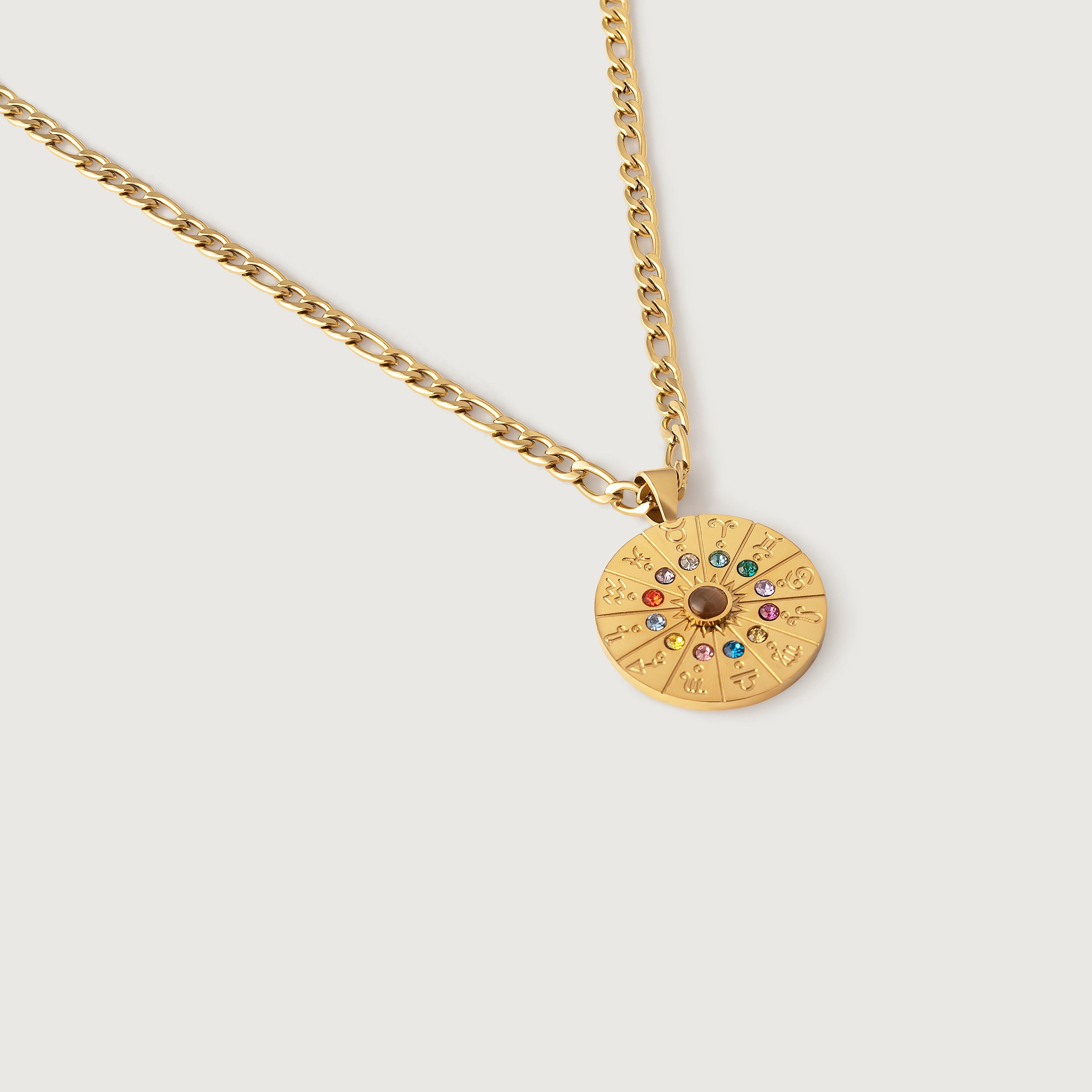
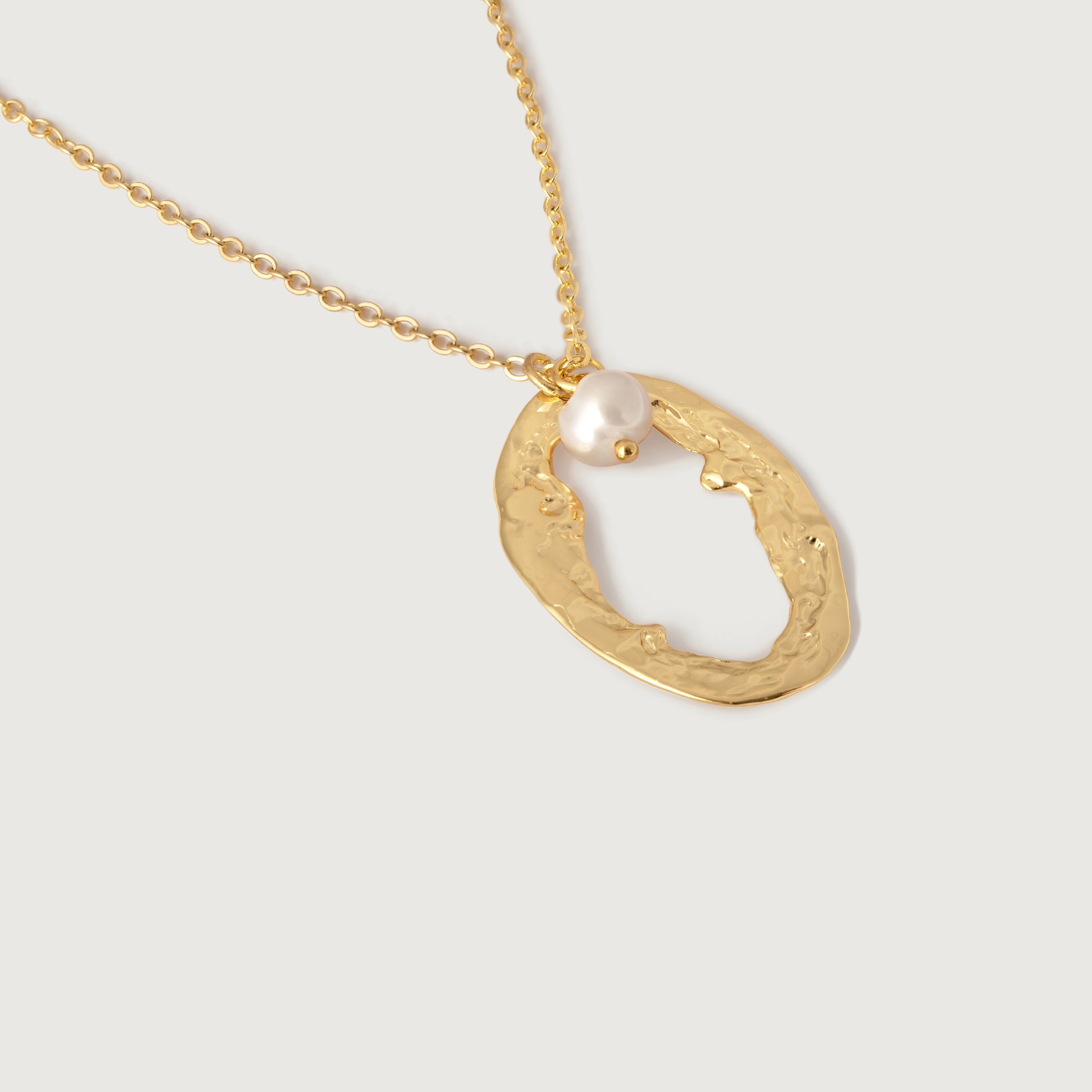
Other Base Metals: A Brief Mention
While brass, copper, and steel are very common, you might encounter other base metals in your jewelry shopping:
- Zinc Alloys (e.g., Zamak): Often used in very low-cost fashion jewellery. They are lightweight and easy to cast but can be brittle and prone to corrosion or 'pitting' over time.
- Nickel: Once common, now heavily restricted in the UK/EU due to high allergy rates. Avoid pieces where nickel is known to be the base metal.
- Sterling Silver: This precious metal base defines Gold Vermeil, a higher quality category of plated jewellery requiring thick plating over 925 silver.
Visual Aging: How Plating Wear Looks on Different Bases
Understanding what happens when the gold inevitably wears thin helps set realistic expectations:
Brass Base
Yellowish tones emerge, often quickly followed by dull, dark brown or greenish tarnish patches
Copper Base
Reddish tones appear, likely accompanied by noticeable green or blue-green oxidation (verdigris), which can stain skin
Stainless Steel Base
Silvery-grey colour shows through. Crucially, this layer resists further tarnishing, maintaining a clean metallic look
This aging behavior is particularly important to consider when selecting pieces for different jewelry categories. Whether you're building a collection of gold rings, choosing stud earrings for daily wear, or selecting layering necklaces for regular styling, understanding how the base metal will age helps inform your choices.
Why You Should Ask About the Base Metal
Knowing the base metal empowers you as an informed consumer and helps ensure satisfaction with your jewelry purchases:
- It helps predict the likely durability and how long you can realistically expect the plating to last under your wear conditions
- It allows you to anticipate potential tarnish or discolouration issues as the piece ages
- It's crucial for assessing allergy risk, especially if you have known sensitivities to nickel or copper
- It gives you a better understanding of the item's overall quality relative to its price
- It helps you choose appropriate pieces for different wearing frequencies and occasions
Don't hesitate to check product descriptions or ask sellers about the base material! Reputable brands will be transparent about their construction methods and materials.
This knowledge becomes especially valuable when selecting pieces for different purposes, whether that's dome rings for statement wear or beaded necklaces for everyday styling.
At Kaleya Studio, we believe in complete transparency about our materials and construction methods. Every piece clearly specifies the base metal used, ensuring you can make informed decisions about your jewelry investments.
Choosing Wisely from the Core Out
When evaluating gold plated jewellery, remember that beauty is more than skin deep. While the gleaming gold surface provides the initial attraction, the base metal hidden beneath dictates much of the piece's long-term performance and suitability for your lifestyle.
- Brass offers low cost but comes with significant tarnish potential and possible skin sensitivity issues
- Copper is also inexpensive but oxidizes readily (often staining skin green) and can be an allergen for some individuals
- Stainless Steel, particularly hypoallergenic grades like 316L, provides a far superior foundation, offering excellent durability, tarnish resistance, and suitability for most sensitive skin types, making it arguably the best common non-precious base metal choice
Understanding these differences allows you to look beyond the plating and make more informed decisions, choosing pieces that better align with your expectations for longevity, appearance, and comfortable wear. Whether you're building a versatile collection or selecting specific pieces for particular occasions, knowledge of base metals helps ensure your jewelry choices serve you well over time.
Experience Superior Base Metal Quality
Discover Kaleya Studio's collection of jewelry crafted with premium base metals including 316L stainless steel and recycled sterling silver. Every piece is designed with transparency, quality, and your long-term satisfaction in mind.

